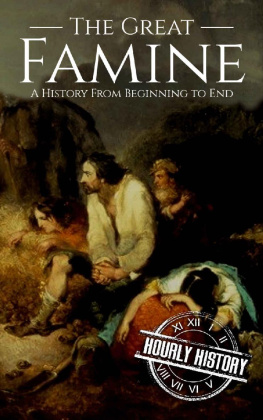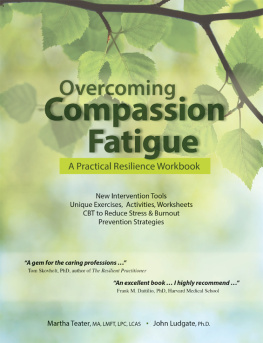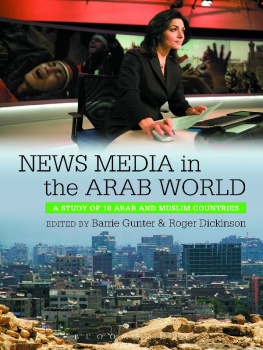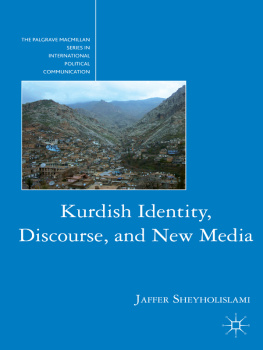"This is a very important book." H
Walter Cronkite
COMPASSION FATIGUE
How the Media Sell Disease, Famine, War and Death
Also available as a printed book
see title verso for ISBN details
More praise for Compassion Fatigue
This is a very important book. Criticism of the American pressbroadcast and printfor its foreign coverage is hardly new, but Professor Moeller does a masterful job of exposing the causes and the results of this failure. Her work should open the publics eyes, and, indeed, those of the press itself, to the danger to our democracy if remedy is not forthcoming.
Walter Cronkite
Compassion Fatigue demystifies the editorial formulas which lead to homogenized, Americanized and unconscionably thin international news coverage. In this important work, Susan Moeller holds American news moguls, editors, journalists and their audiences accountable for failing to overcome public apathy and to assume the unprofitable responsibility to accurately report and measure the human significance of epidemic, assassination, massacre and famine.
Scott Armstrong, former Washington Post reporter, founder of the National Security Archive and co-author of The Brethren
COMPASSION FATIGUE
HOW THE MEDIA SELL DISEASE, FAMINE, WAR AND DEATH
SUSAN D.
MOELLER
Routledge New York and London
Published in 1999 by Routledge 29 West 35th Street New York, NY 10001
This edition published in the Taylor & Francis e-Library, 2002.
Published in Great Britain by Routledge 11 New Fetter Lane London EC4P 4EE
Copyright 1999 by Susan D.Moeller
All rights reserved. No part of this book may be reprinted or reproduced or utilized in any form or by any electronic, mechanical, or other means, now known or hereafter invented, including photocopying and recording, or in any information storage or retrieval system, without permission in writing from the publishers.
Library of Congress Cataloging-in-Publication Data
Moeller, Susan D.
Compassion fatigue: how the media sell disease, famine, war, and death/Susan D.Moeller. p. cm.
Includes index.
ISBN 0-415-92097-3 (hardbound: alk. paper)
ISBN 0-415-92098-1 (paperbound: alk. paper)
1. DisastersPress coverageUnited States. 2. WarPress coverageUnited States. 3. Television broadcasting of newsUnited States. 4. Sensationalism in journalismUnited States. I. Title. PN4888.D57M64 1998
070.4'4936334-dc21 98-14075
ISBN 0-203-90035-9 Master e-book ISBN
ISBN 0-203-90039-1 (Adobe eReader Format) ISBN 0-415-92098-1 (Print Edition)
To
Walden Jeffrey Davis and
Sethly Martin Davis
who made my writing on this subject so much more than an intellectual exercise.
With all my love.
CONTENTS
Introduction: Riding with the Four Horsemen 1
ONE
Compassion Fatigue 7
The Practice of Journalism and Compassion Fatigue 17 Images and Compassion Fatigue 33
TWO
Covering Pestilence: Sensationalizing Epidemic Disease 55
Mad Cows and Englishmen: Creutzfeldt-Jakob Disease,
Britain, March 1996 70 The Doomsday Disease: Ebola, Zaire, May 1995 80
THREE
Covering Famine: The Famine Formula 97
The Archetypal Media Famine: Ethiopia,
Fall and Winter 1984-1985 111 Just How Much of a Disaster Does a Disaster Have to Be? Sudan and Somalia, 1991-1993 125
FOUR
Covering Death: The Americanization of Assassinations 157
Death in the Indian Subcontinent: Indian Prime Minister Indira Gandhi, Wednesday, October 31, 1984,
& Pakistani President Mohammad Zia ul-Haq,
Wednesday, August 17, 1988 174
Death in the Middle East: Egyptian President Anwar el-Sadat, Thursday, October 6, 1981, & Israeli Prime Minister Yitzhak Rabin, Saturday, November 4, 1995 195
FIVE
Covering War: Getting Graphic About Genocide 221
Poison Gas, Deportation and Execution: Iraqs Anfal Campaign Against the Kurds,
February-August 1988 238 Ethnic Cleansing: The Death Camps in Bosnia,
August 1992 257 Acts of Genocide: Rwanda, April-August 1994 280
Conclusion 309
Notes 323 Acknowledgments 373 Index 377
INTRODUCTION:
RIDING WITH THE FOUR HORSEMEN
The leaders of the new world disorder are the Four Horsemen of the Apocalypse: famine, war, death and pestilence.
John Omicinski, Superpower Disappearing from Lexicon, Gannett News Service, July 30, 1994
While we debate how to improve our health care system, build the information superhighway and protect the spotted owl, the Four Horsemen of the ApocalypseWar, Disease, Famine and Deathgallop...leaving behind scenes of unspeakable horror which occasionally burst onto our TV screens or momentarily claim our attention.
J.R.Bullington, No Easy Solutions to End Suffering, The Virginian-Pilot, September 4, 1994
he Four Horsemen are up and away, with the press corps stumbling along behind, charged activist Germaine Greer, after a series of debacles in 1994, ranging from ethnic slaughter in Rwanda and Bosnia, famine in the Horn of Africa and an outbreak of flesh-eating bacteria in Britain. At breakfast and at dinner, we can sharpen our own appetites with a plentiful dose of the pornography of war, genocide, destitution and disease.1
Sometimes, like in 1994, it seems as if all that the media cover are those regions of the world trampled by the Four Horsemen of the Apocalypse. At times it seems as if the media careen from one trauma to another, in a breathless tour of poverty, disease and death. The troubles blur. Crises become one crisis.
Why do the media cover the world in the way they do? We stagger to follow their lead. Is our balance off? Or is theirs?
If the operating principle of the news business is to educate the public, why do we, the public, collapse into a compassion fatigue stupor? Are we too dull to keep up with the lessons? Or are the lessons themselves dulling our interest?
Compassion fatigue is the unacknowledged cause of much of the failure of international reporting today. It is at the base of many of the complaints about the publics short attention span, the medias peripatetic journalism, the publics boredom with international news, the medias preoccupation with crisis coverage.
What does compassion fatigue do? It acts as a prior restraint on the media. Editors and producers dont assign stories and correspondents dont cover events that they believe will not appeal to their readers and viewers.
Compassion fatigue abets Americans self-interest. If conventional wisdom says that Americans are only interested in their own backyard, the media will prioritize stories where American political, cultural or commercial connections are evident.
Compassion fatigue reinforces simplistic, formulaic coverage. If images of starving babies worked in the past to capture attention for a complex crisis of war, refugees and famine, then starving babies will headline the next difficult crisis.
Compassion fatigue ratchets up the criteria for stories that get coverage. To forestall the Ive-seen-it-before syndrome, journalists reject events that arent more dramatic or more lethal than their predecessors. Or, through a choice of language and images, the newest event is represented as being more extreme or deadly or risky than a similar past situation.
Compassion fatigue tempts journalists to find ever more sensational tidbits in stories to retain the attention of their audience.
Compassion fatigue encourages the media to move on to other stories once the range of possibilities of coverage have been exhausted so that boredom doesnt set in. Events have a certain amount of time in the limelight, then, even if the situation has not been resolved, the media marches on. Further news is pre-empted. No new news is bad news.
Next page







